This online resource covers Year 7 Earth and space science.

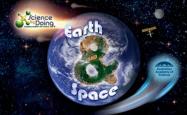
This online resource covers Year 7 Earth and space science.
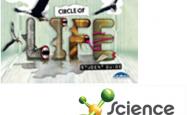
This online resource deals with the web of life.
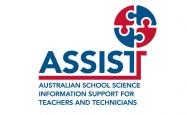
This Youtube video gives a quick rundown on how to use the Science ASSIST website.
Waste chemical disposal: We are in western Sydney and are looking for an economical way of disposing of both solution and solid chemical waste and surplus chemicals .
Chemical Cell: Acidified Potassium Dichromate
Chemical Storage Timeframes: I was wondering if there are any guidelines that
Aluminium powder: I have just purchased some Aluminium powder and the MSDS from the supplier ( Chem supply ) states Non Hazardous and Non dangerous goods.
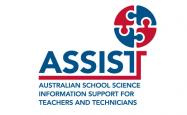
This downloadable resource is a standard operating procedure and detailed method for handling sealed radioactive sources.
laser classification: We have not been using our old laser because it was a Class 3B, and therefore banned in secondary schools under the older code of practice.
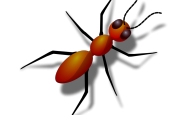
This interactive dichotomous key looks at the classification of invertebrates.